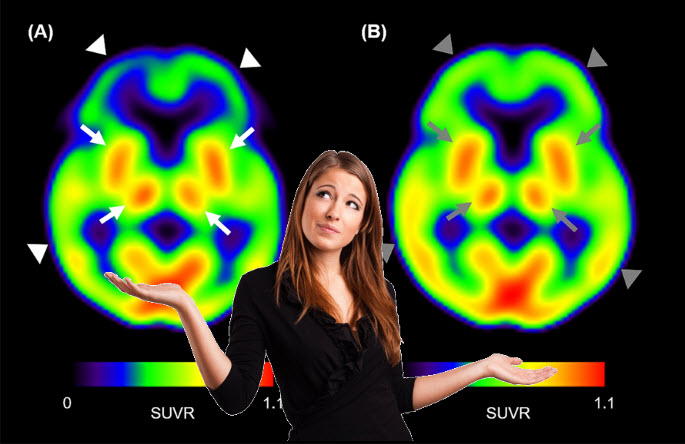
The strange case of a cocaine derivative named [18F] FP-CIT and the DEA plan the appointment before cannabis
Imagine for decades pushing for marijuana legislation just so that a drug made from a stronger and more harmful controlled substance would get more DEA support.
Very few people would have thought that the “cocaine versus cannabis” discussion would come to light this year, and even fewer would have thought that it would be the Drug Enforcement Administration (DEA) working tirelessly to get a cocaine Drug is being rescheduled before cannabis at the federal level.
The US federal government authorizes the DEA to regulate all forms of drugs. The DEA is responsible for classifying or planning a drug based on its therapeutic value and abuse potential.
According to DEA guidelines, drugs like cocaine and marijuana are planned because their relative potential for abuse is greater than their medicinal value. The obstacle to this planning process is that it prevents in-depth clinical studies with these substances.
The current timetable system could be described as “flawed”. Marijuana, a rapidly emerging drug, is classified as a List 1 drug. This means that it has no medicinal value and has a high potential for abuse. On the other hand, cocaine, reputed to be one of the highest risk of abuse and low medicinal value, is a List 2 drug. All of these and more are some of the reasons the majority thinks the DEA’s stance on decriminalizing cocaine-derived drugs Drug is confused before cannabis.
A few weeks ago, the DEA announced its proposal to remove the cocaine derivative from its current schedule. The agency also implied that the drug would be fully decriminalized, meaning that all civil and criminal penalties related to the use and sale of the drug would be lifted.
In defense of this proposal, the DEA wrote that the drug, [18 F] FP-CIT could be effective in diagnosing adult patients with suspected Parkinson’s disease. It would be used in the evaluation phase to visualize striatal dopamine transporters (DAT). The process itself would use a positron emission tomography (PET) imaging system.
In June 2018, a request to postpone the date was submitted for the first time. The Advanced Imaging Projects and other federal authorities were involved in processing the application.
The new announcement was open for public comment until December 6th. This session will ensure that the proper process that should take place before revising a drug plan is taken into account. The DEA’s reclassification of this cocaine derivative has been under lock and key for several months. The agency was busy collecting information and data, which was then forwarded to the Department of Health and Human Services (HHS) along with the petition. They also called for a scientific and medical evaluation of the drug, as well as a recommendation for the schedule.
On that request, HHS, FDA, and the National Institute on Drug Abuse worked together to make a recommendation. According to reports, HHS has found that the new derivative has more potential for abuse than cocaine. In some behavioral assessments, the drug showed a stronger effect in terms of its effect on dopamine transporters. If taken in high doses, the user can become addictive, especially if the disabling effect of very low concentrations of the available “radioligand” is not taken into account.
However, the HHS concluded that the FP-CIT does not match the description of the drugs in Scheme 2 or the results of other schemes.
The attorney general tasked the CSA with determining whether or not the drug should be rescheduled. To this end, the CSA has asked the DEA to demonstrate the accuracy of the medical and scientific assessment of the HHS.
The DEA has reviewed the HHS report and other important data. It has also produced an eight-factor review document to support HHS ‘planning recommendation under 21 USC 811 (c).
The following are the eight factors that were considered in this review.
-
Current available scientific evidence about the drug.
-
The actual or relative potential for abuse of the drug.
-
The risk of physiological dependence on the drug.
-
Whether or not the drug is a precursor to an already approved substance under the control of the CSA.
-
Scientific evidence of the drug’s pharmacological action.
-
Past and current history of drug abuse patterns.
-
Public health hazard and
-
Information on the extent, duration and significance of the abuse.
The main concern of cannabis advocates about this move by the DEA is that cannabis reforms would do better with these types of measures. It appears that the planning review process of the cannabis-derived drug would be followed with changes. That is confusing.
It has taken federal cannabis reform a long time to get to this current point, and it has a very difficult period before it can be achieved.
Petitions that have been going on for years to the DEA to remove cannabis from the Narcotics Act have not produced any positive results. Despite its proven and established therapeutic potential. The DEA has also denied requests to simply plan cannabis based on its medicinal value. Lawyers have also challenged the agency’s decisions through lawsuits and so on. None of these served the movement, nor did they change the classification of cannabis under Schedule 1.
The closest cannabis came to a schedule review last year when the DEA removed Epidiolex entirely from the CSA’s schedule 5. The drug derived from marijuana is made from purified CBD.
The DEA can postpone this review by a few years at most. A judge was quoted as saying that due to the medicinal potential of cannabis, the DEA may consider changing policy soon. To the [18F] FP-CIT, the DEA, announced that the drug is not falling under a CSA-controlled schedule. Let’s see how it would turn out in the end,
MORE ABOUT PLANNING [18F] FP-CIT, READ THIS …

THE DEA ON CHANGING A COCAINE-BASED DRUG, READ THIS!

Post a comment: